If you’re looking for a foot-shaped, near-zero-drop running shoe, you’ve likely encountered two brands: Altra and Topo Athletics. Both have much wider toe boxes than the rest of the industry and have a heritage in the minimal running scene, but things have drastically changed for both companies.
While both are likely beneficial for foot health, I still favor one brand over the other.
What’s more important is which brand is for you!?
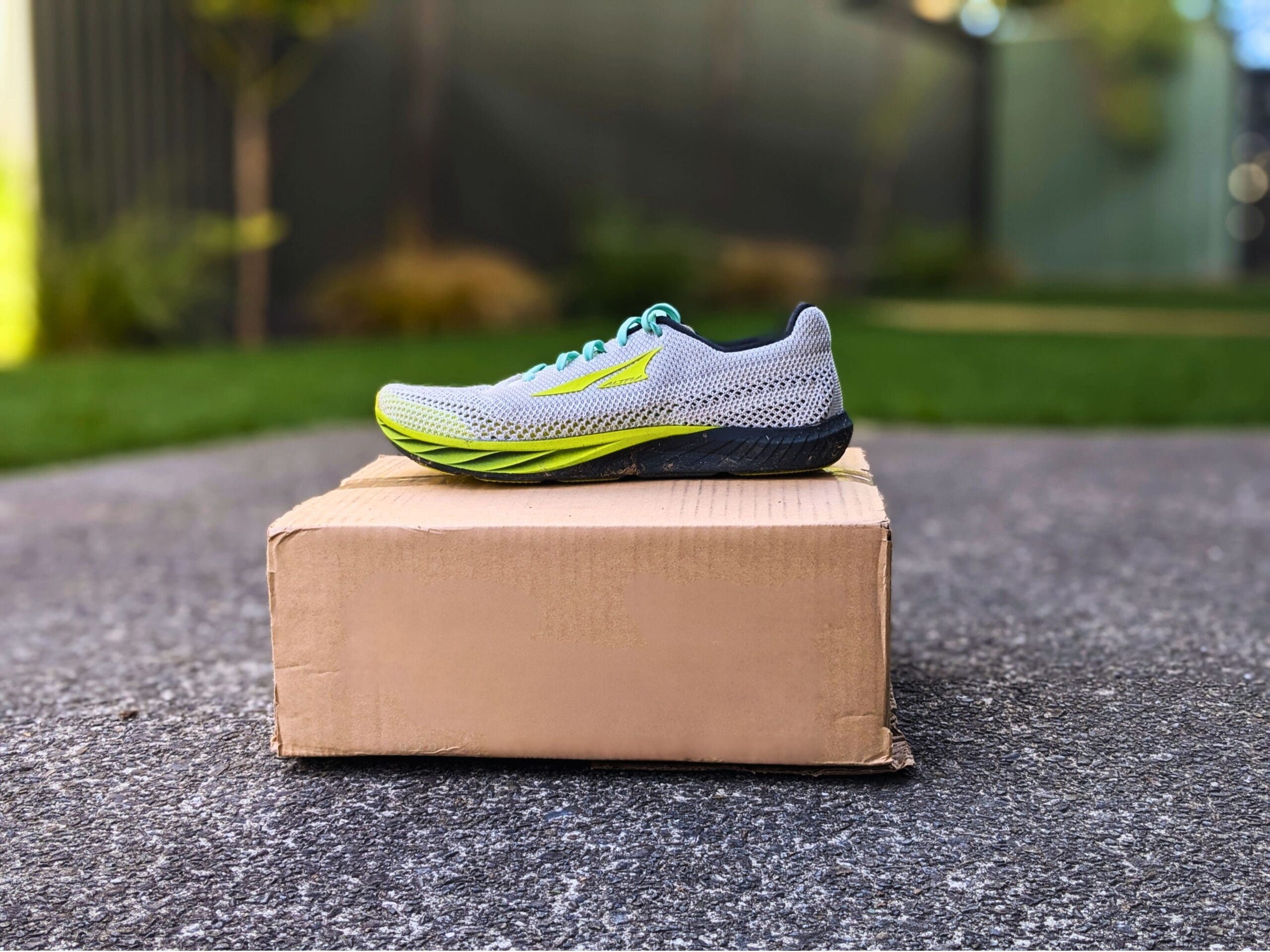
Altra is mostly about zero-drop. Until recently, all their models kept your heel and forefoot at the same level, letting your feet work naturally—just like they would barefoot.
This design can be a game-changer for some as it places your foot in a similar position as it would when you run barefoot.
I should note that there is a new range of Altras named FWD, which has a 4mm drop.
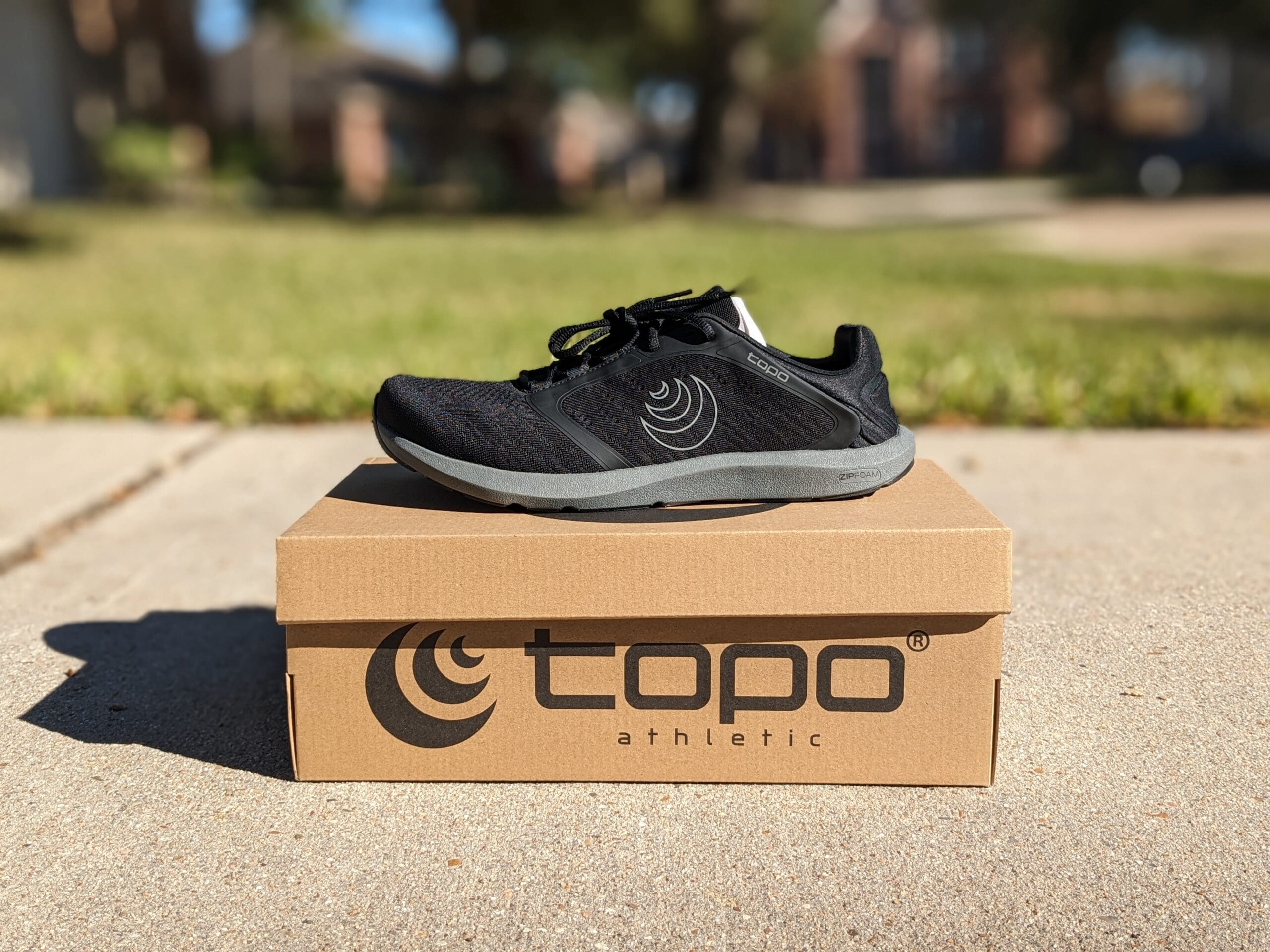
Topo Athletic, meanwhile, blends that foot-shaped fit with more options that sport a heel-to-toe drop.
Some models are zero-drop, sure, but Topo also offers “transition” shoes with a small heel rise, anywhere between 0-6mm. This slight drop will change your running mechanics slightly, and while it’s not proven if it’s a good or bad thing, I and many others are more comfortable with zero-drop.
But beware! Topo also has slight arch support. Coming from the barefoot world, this is a complete no-no. We should train our feet to do the work, not rely on supportive shoes.
So, which brand suits you? Altra might be calling your name if you’re after that true zero-drop experience with extra toe space. But if you are transitioning into foot-shaped shoes, Topo could help on that journey.
In the sections below, we’ll break down each brand by use case—from daily trainers to trail runners. Whatever you’re looking for—durability, cushion, ground feel—let’s help you find the best fit for your run.
What do you want to know?
Common questions:
Affiliate Disclosure: By clicking through the links on this page and purchasing the products, you’ll be helping me out. This is done because I receive a kickback from the sellers at no extra cost to you! Thank you so much for supporting us!
The Altra Escalante 4 and Topo ST-5 bring their strengths for a low-ish cushion daily trainer. They’re both zero-drop and foot-shaped but cater to slightly different needs.
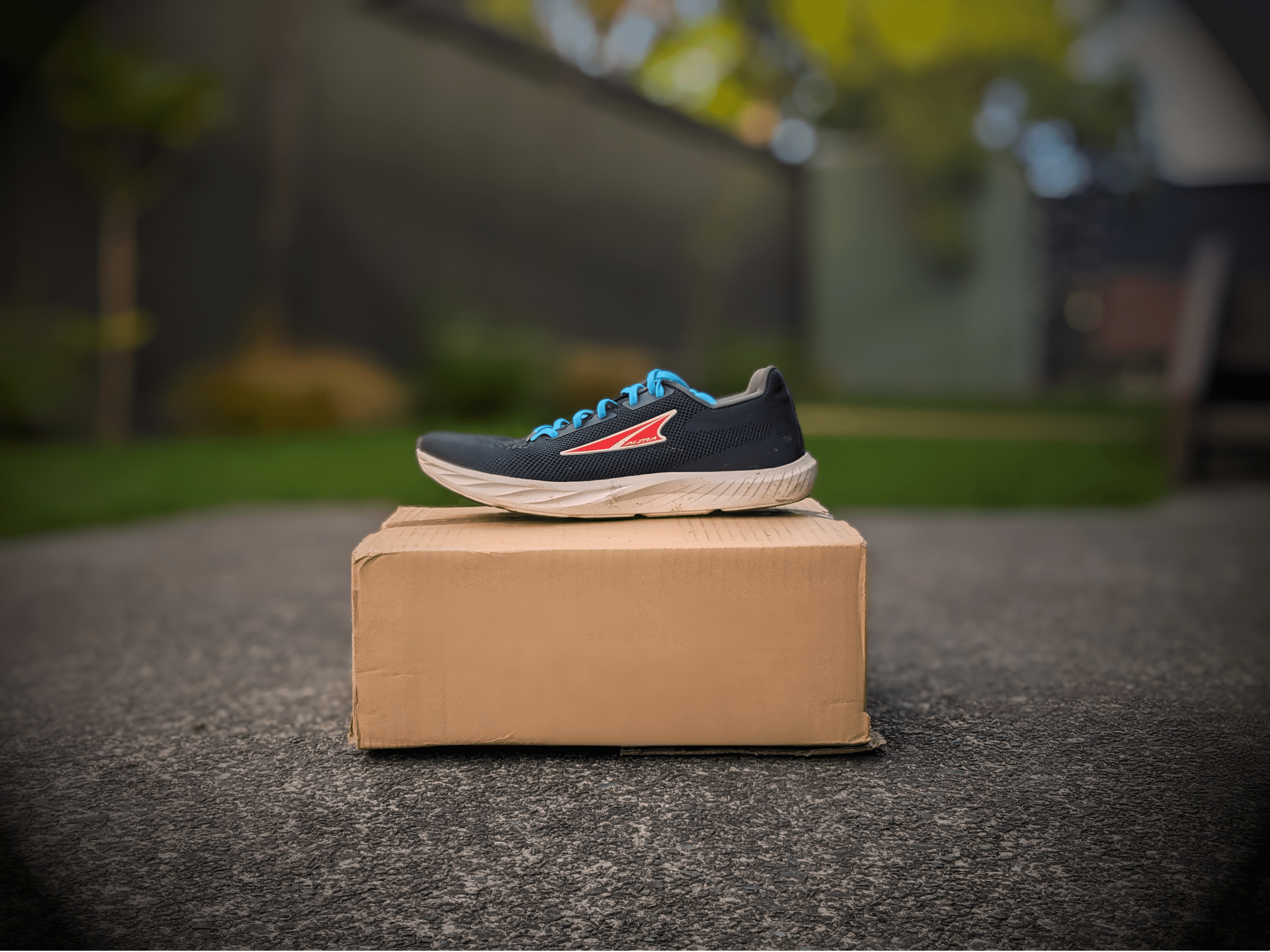
Altra Escalante 4 is a solid choice if you’re looking for a cushion without too much shoe getting in the way!
With a 24mm stack height, it’s a higher stack height than the ST-5, but it’s still soft and flexible.
The flexible knit upper hugs your foot without feeling tight, and there’s plenty of room in the toe box for natural splay. If you like a daily trainer with comfort but still want some flexibility underfoot, Escalante 4 can be a good choice.
You can read the full Escalante 4 review here!

Topo ST-5, on the other hand, is a step lower.
It’s zero-drop with a much lower 14mm stack, giving you a firm, ground-connected feel.
The ZipFoam™ midsole is interestly soft, and with less underfoot, you get some nice ground feel.
So, it’s ideal if you’re accustomed to a more minimal ride. But it’s worth mentioning that with all this lower-to-ground minimal feel comes some arch support that feels misplaced in a shoe like this. Whether this is an issue for you or not is a personal choice.
So, which one’s for you? If you’re after a bit more cushioning for longer daily runs, the Escalante 4’s extra padding might be perfect. But if you prefer a lightweight, minimal approach where you can feel every step, the ST-5 is a great pick.
You can read the full Topo ST-5 review here.
Which Altra Shoe is for you?
Take a quick 4-question quiz to identify the perfect Altra running shoe for your feet! You'll get both road and trail options based on your answers!
For hitting the trails, the Altra Lone Peak 9+ and Topo Terraventure 4 are built to handle various terrains while letting your feet move naturally. But each one has its way of tackling the trails.
Full Lone Peak 9 Review
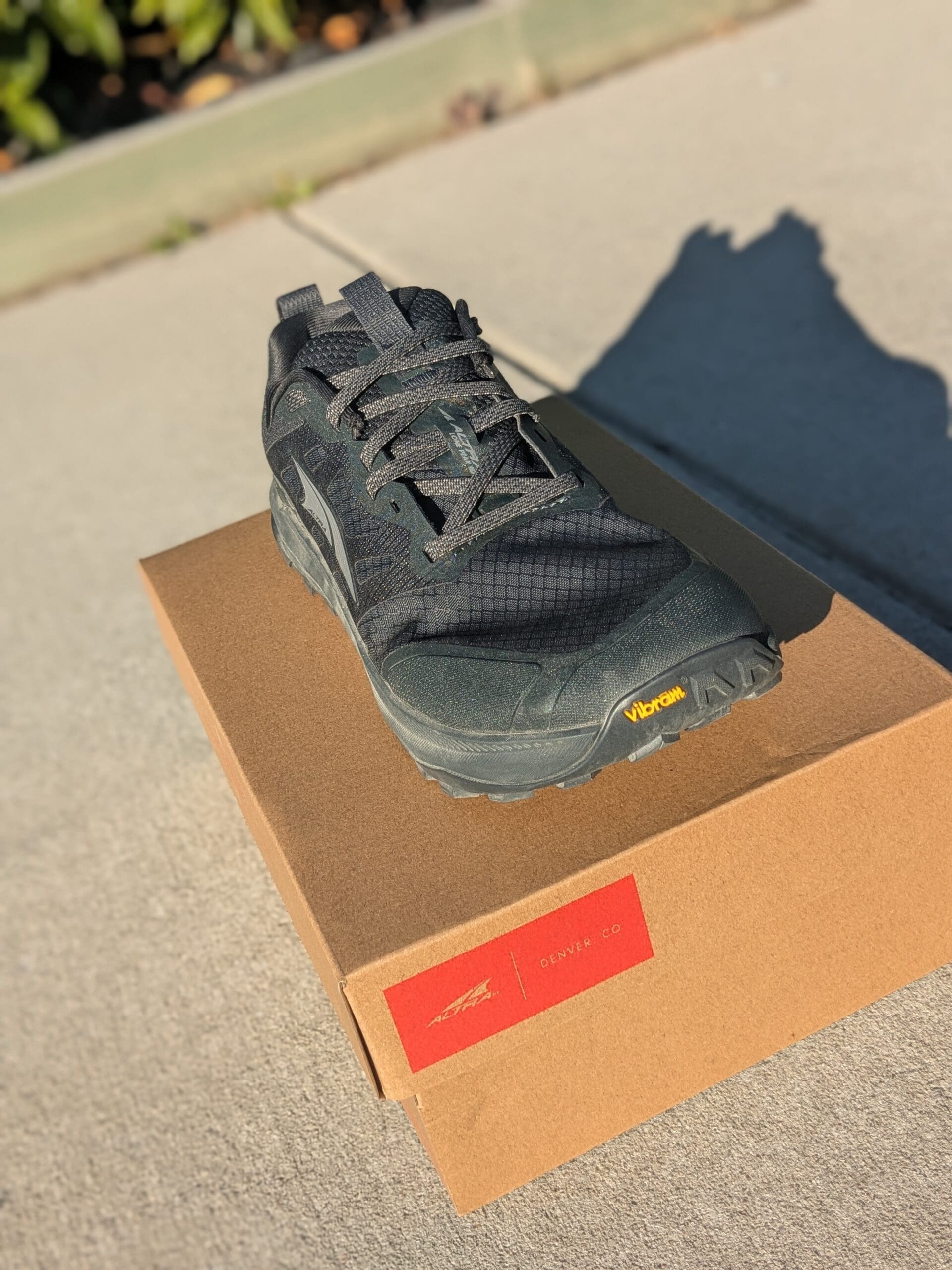
Altra Lone Peak has been the Ultra runner’s shoe of choice for years.
Its roomy fit and soft ride have helped many trail runners rack up miles. The introduction of the Vibram outsole for the first time has elevated the Lone Peak 9+ into a great all-rounder.
It’s worthwhile noting that the Lone Peak is not a shoe for everyone. If you already know you have a shallow foot with little volume, I suggest you look at the Superior 6 instead.
Read the full Altra Lone Peak 9+ review!

Topo Terraventure 4 has advantages, the first of which is durability.
The overall construction and design are built with longevity in mind. But with that durability comes a lack of flexibility and less ground feel.
With a 3mm heel-to-toe drop, it’s not quite zero-drop, and the toe box is still nice and wide.
Read the full Topo Terraventure 4 review!
Which one suits you? If you’re looking for a zero-drop experience with a wide, roomy fit, the Lone Peak 8’s is the one to try. But if you’re happy with a slight drop and stiffer shoe, the Terraventure 4 has perks.
Here’s another area where Altra generally loses.
In most cases, Altra loses this battle.
Some of their shoes have become ridiculous in price, whereas Topo still has some reasonably priced options.
Generally, there is a $10-20 difference between comparable models. Considering I’m giving the durability edge to most Topo shoes, Altra doesn’t look pretty.
Here are a few examples—and some ridiculous options from Altra, too…. Are carbon plates worth it? I’m not convinced.
| Altra Escalante 4 | $130 | Topo ST-5 | $115 |
| Altra Lone Peak 8 | $140 | Topo MTN Racer 3 | $150 |
| Altra Olympus 5 | $180 | Topo Ultraventure 3 | $150 |
| Altra Torin 7 | $150 | Topo Magnifly 4 | $140 |
| Altra Superior 6 | $130 | Topo MT-4 | $125 |
| Altra Vanish Carbon | $240 | Topo Specter 2 (No Plate) | $165 |
After reading through the post, you may wonder which is my favorite option I mentioned at the start.
Maybe it’s obvious…. but I’m still a big Altra fan….
Why?
For me, it’s all about feeling. I still want a shoe to get out of the way and let my body do the work.
And whereas Topo Athletics has mostly succeeded in the fit, they still feel a bit “manipulative” to me.
But that may be different for you!
If you want to transition into an actual foot-shaped shoe, you can’t go wrong with either brand. It’s just a case of finding that feel you’re looking for!
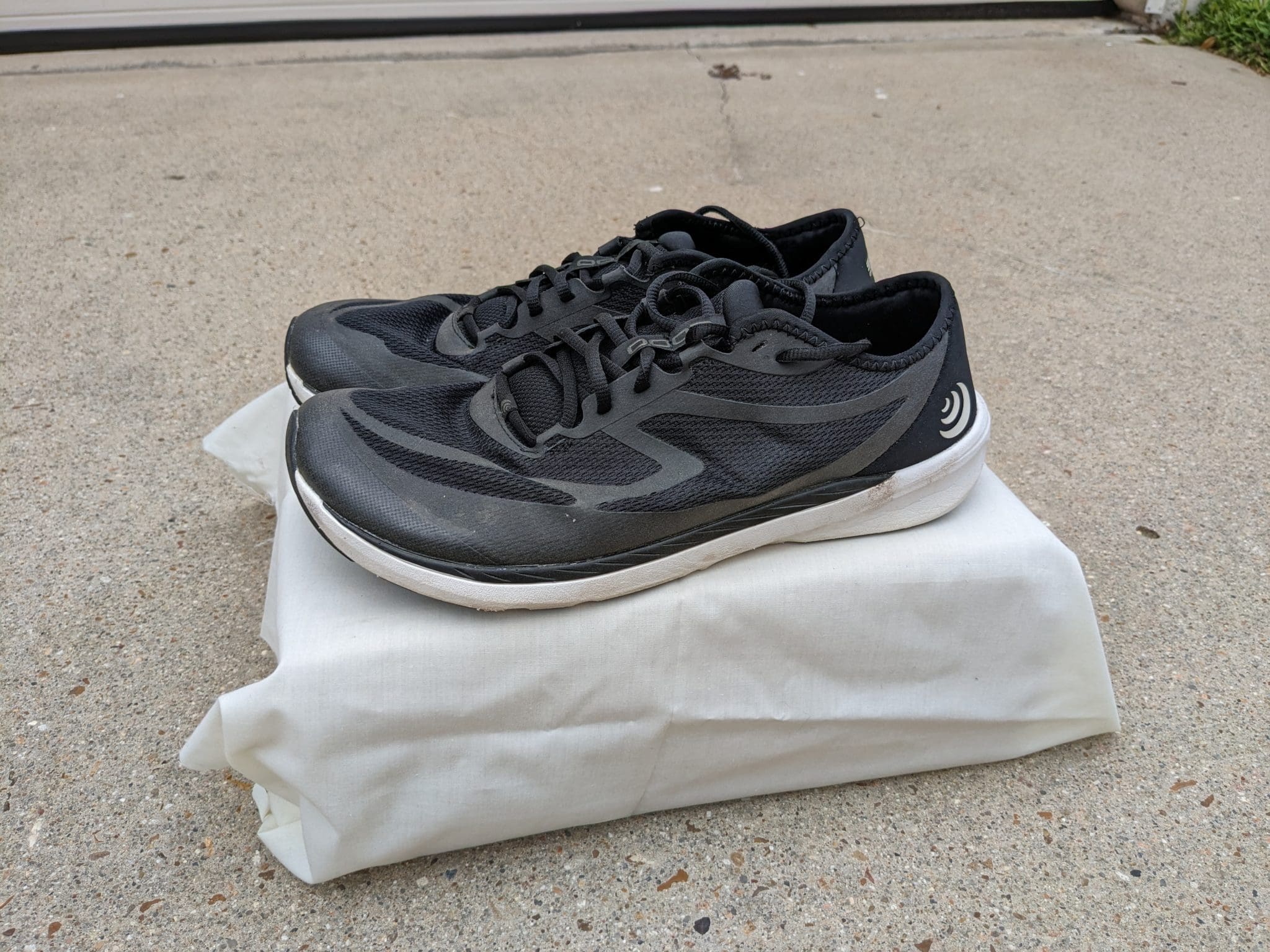


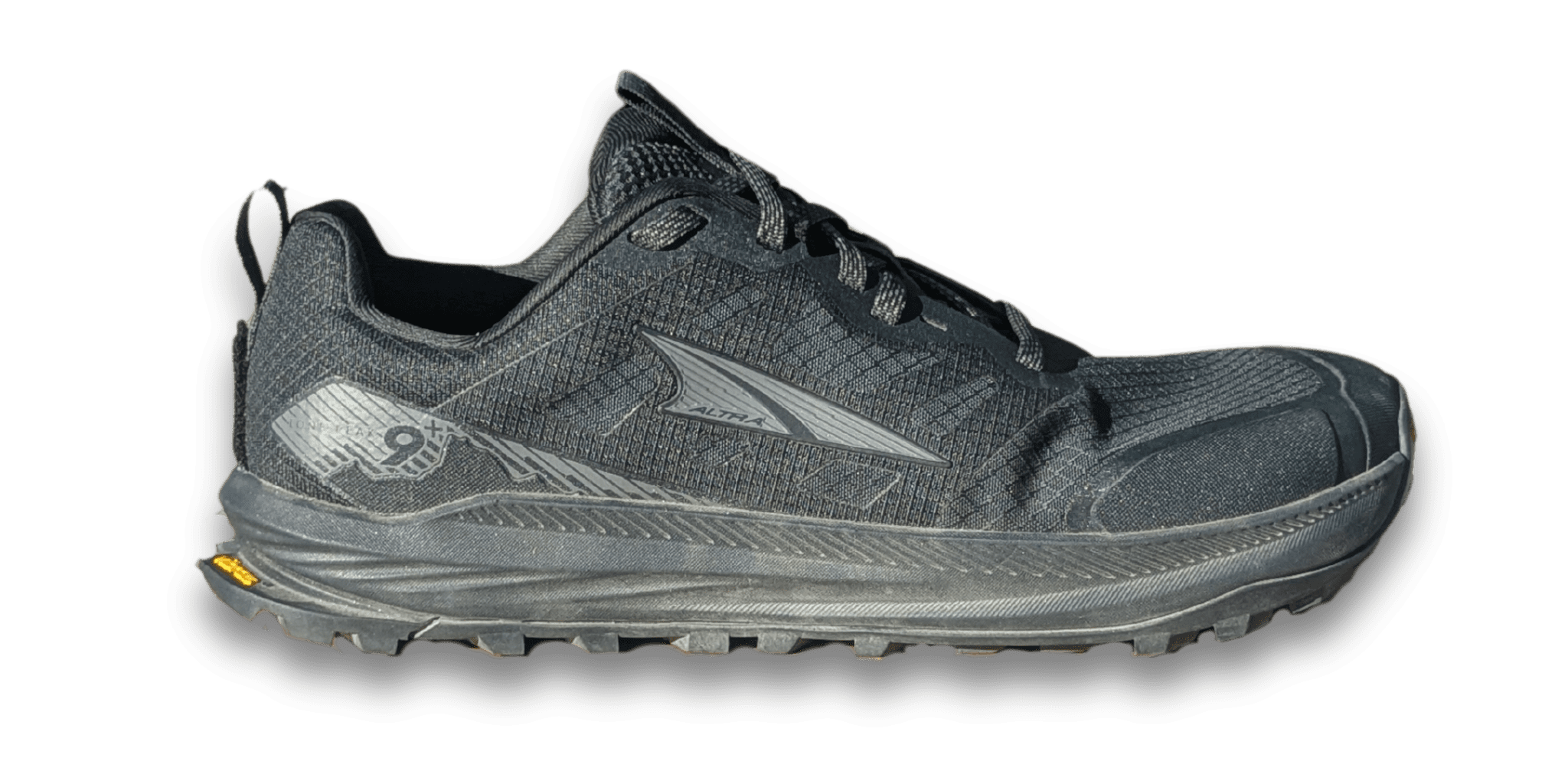



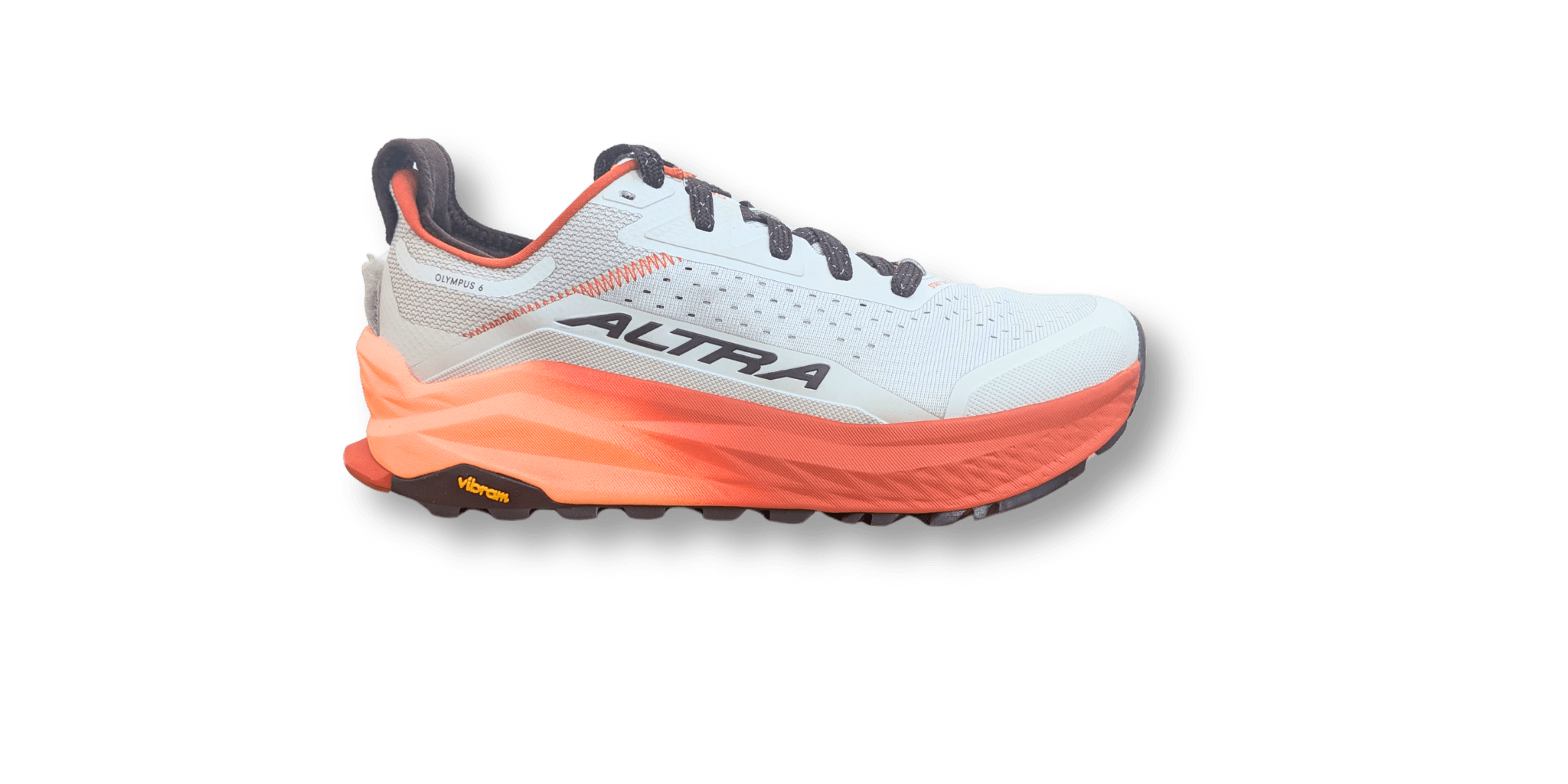
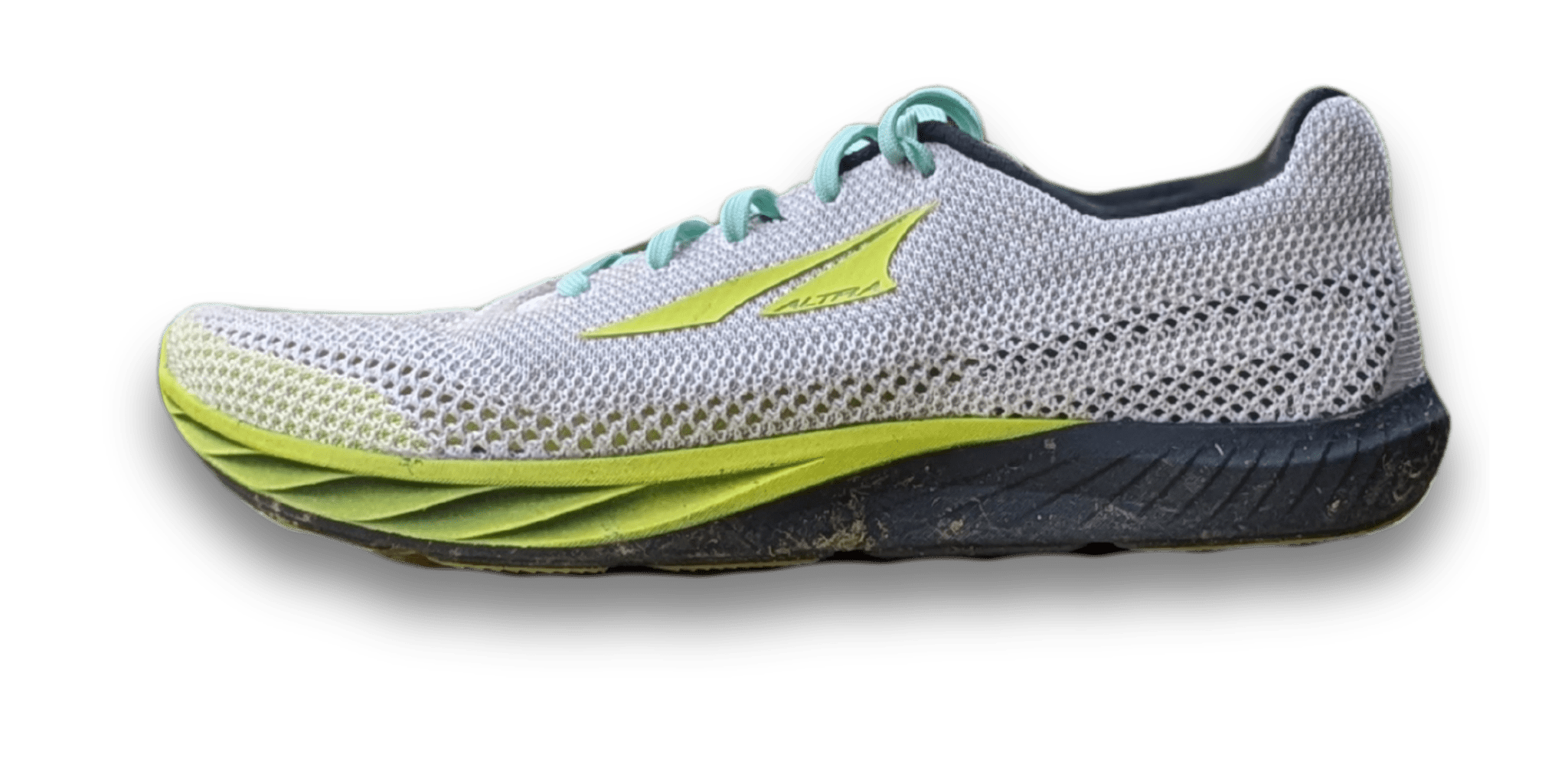
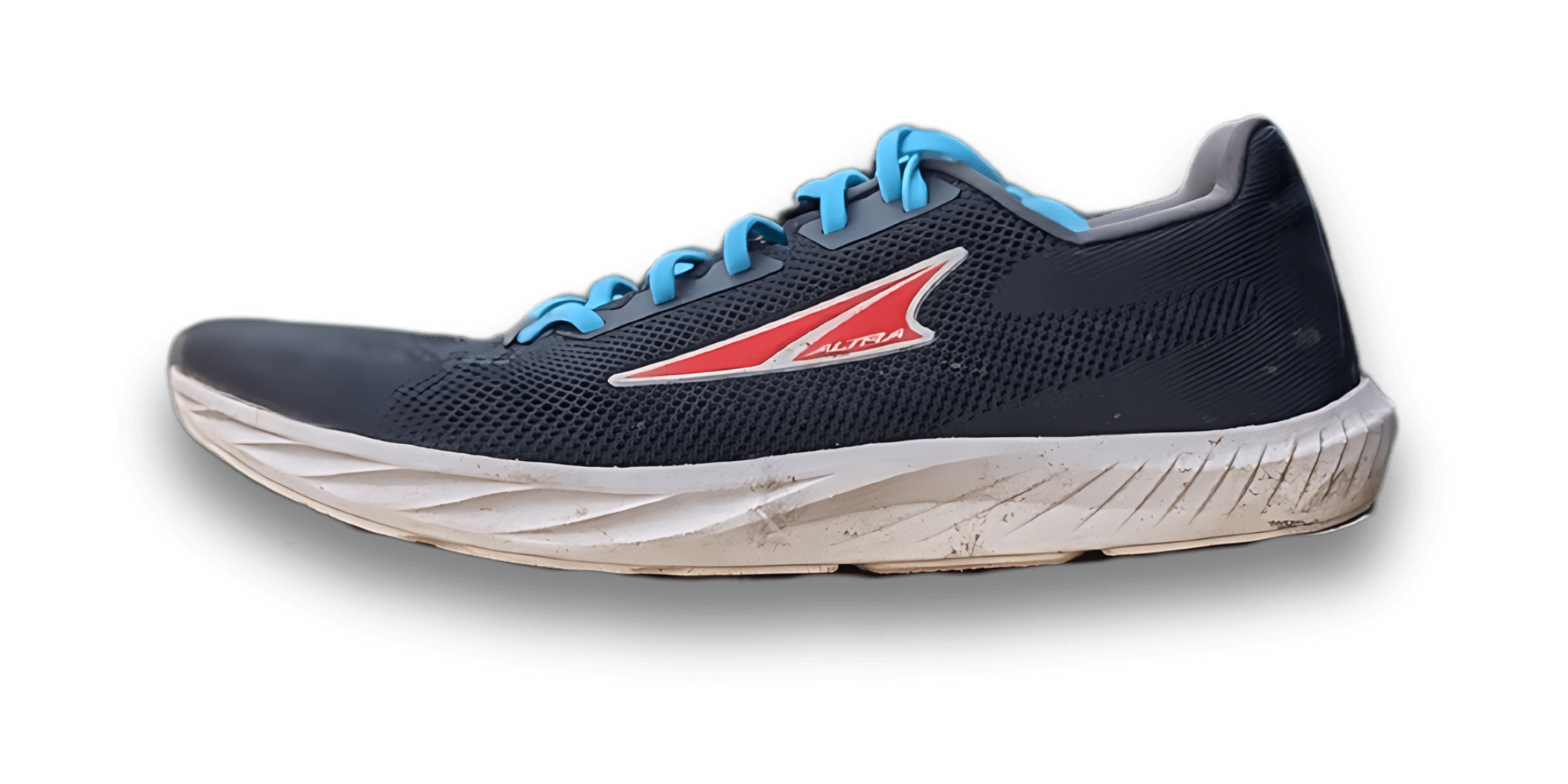
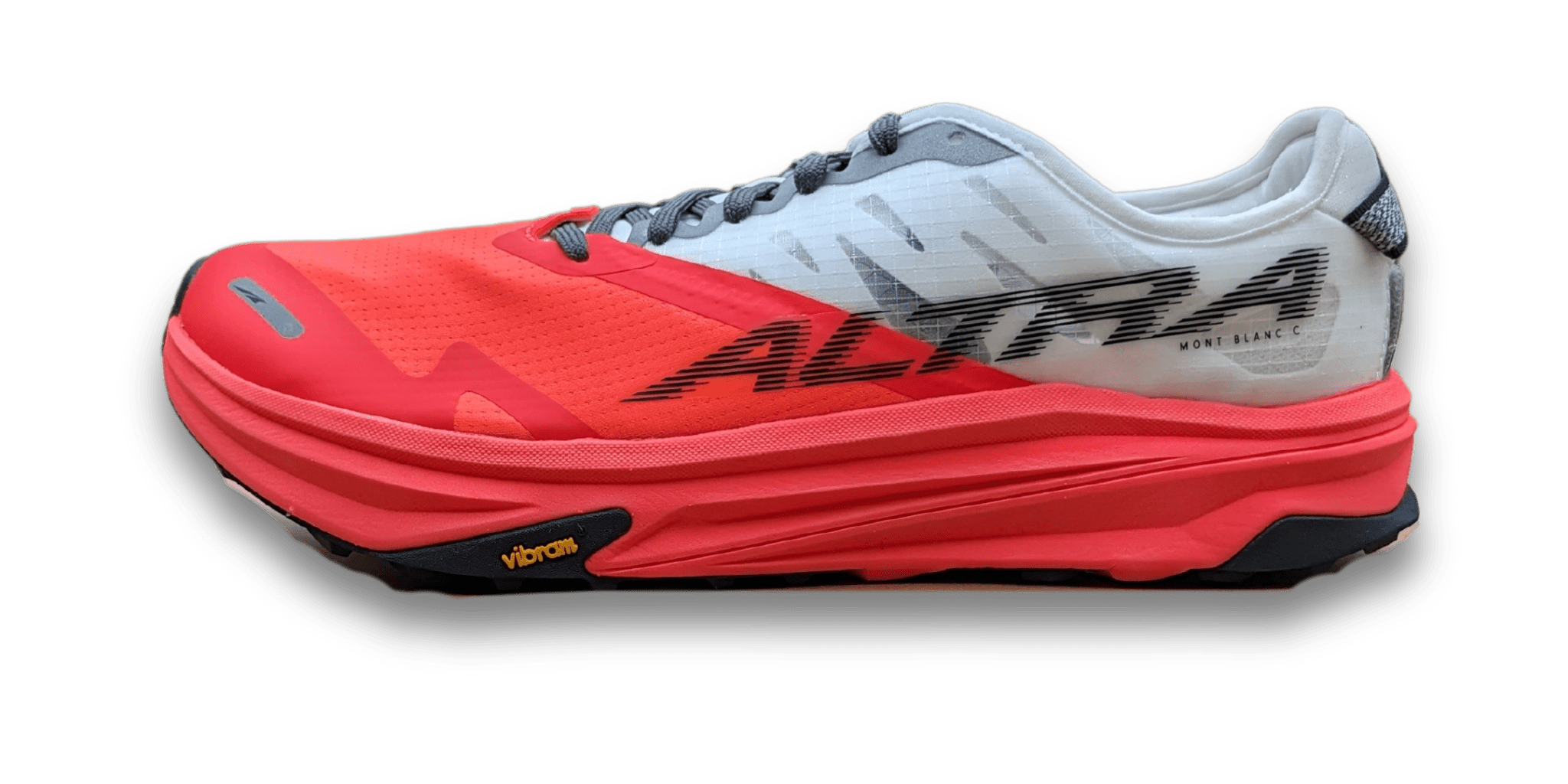

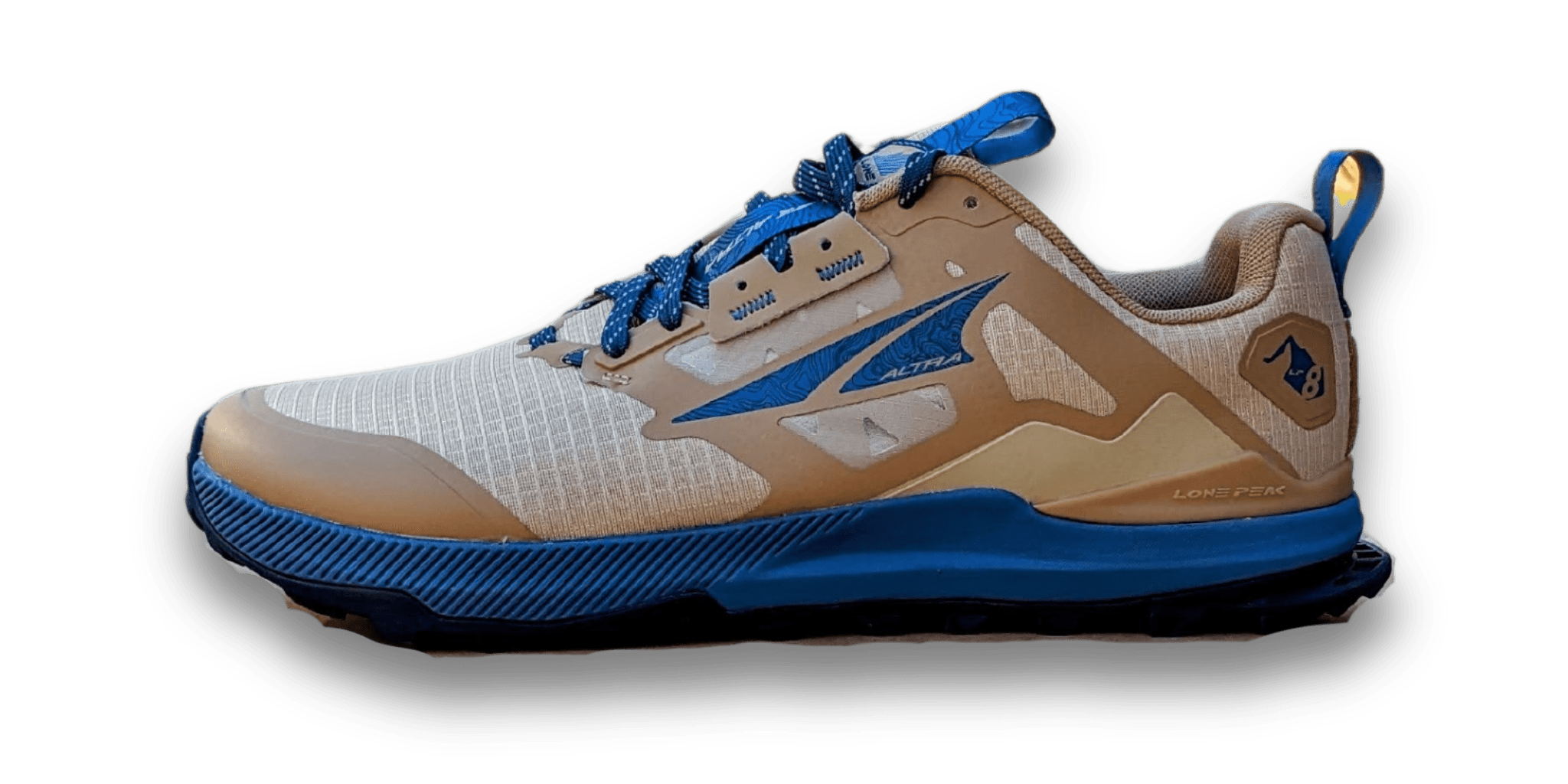
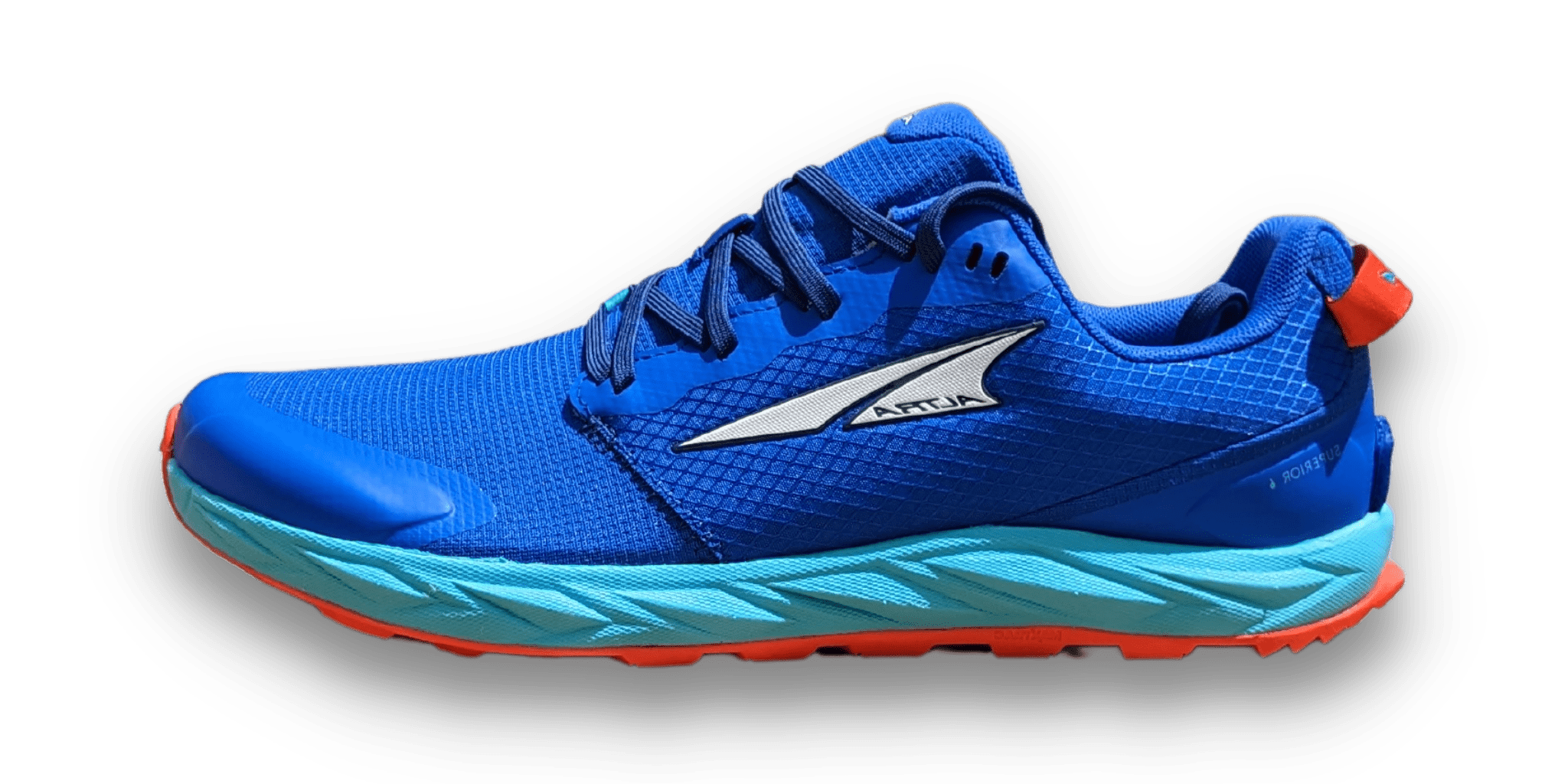
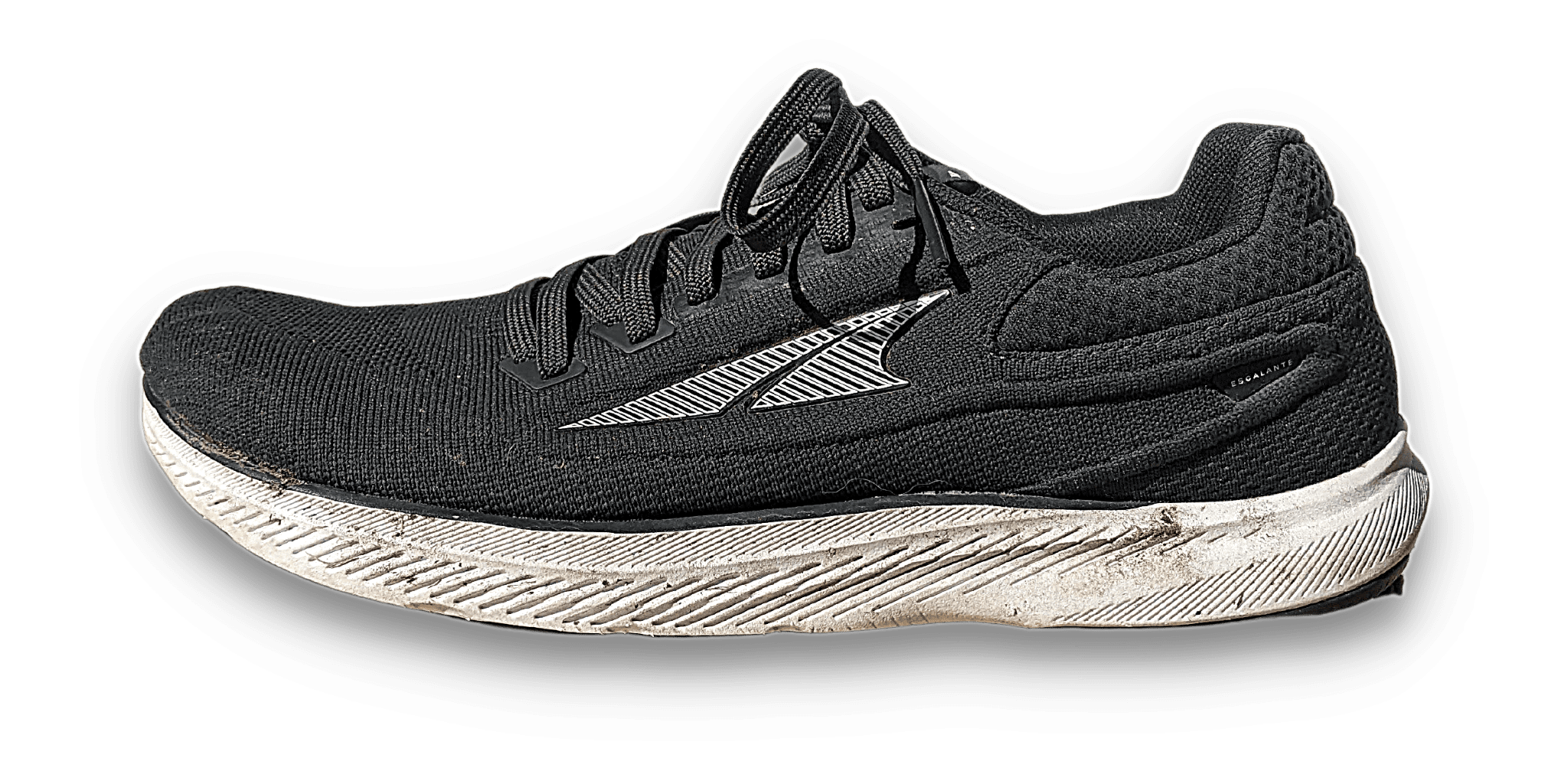

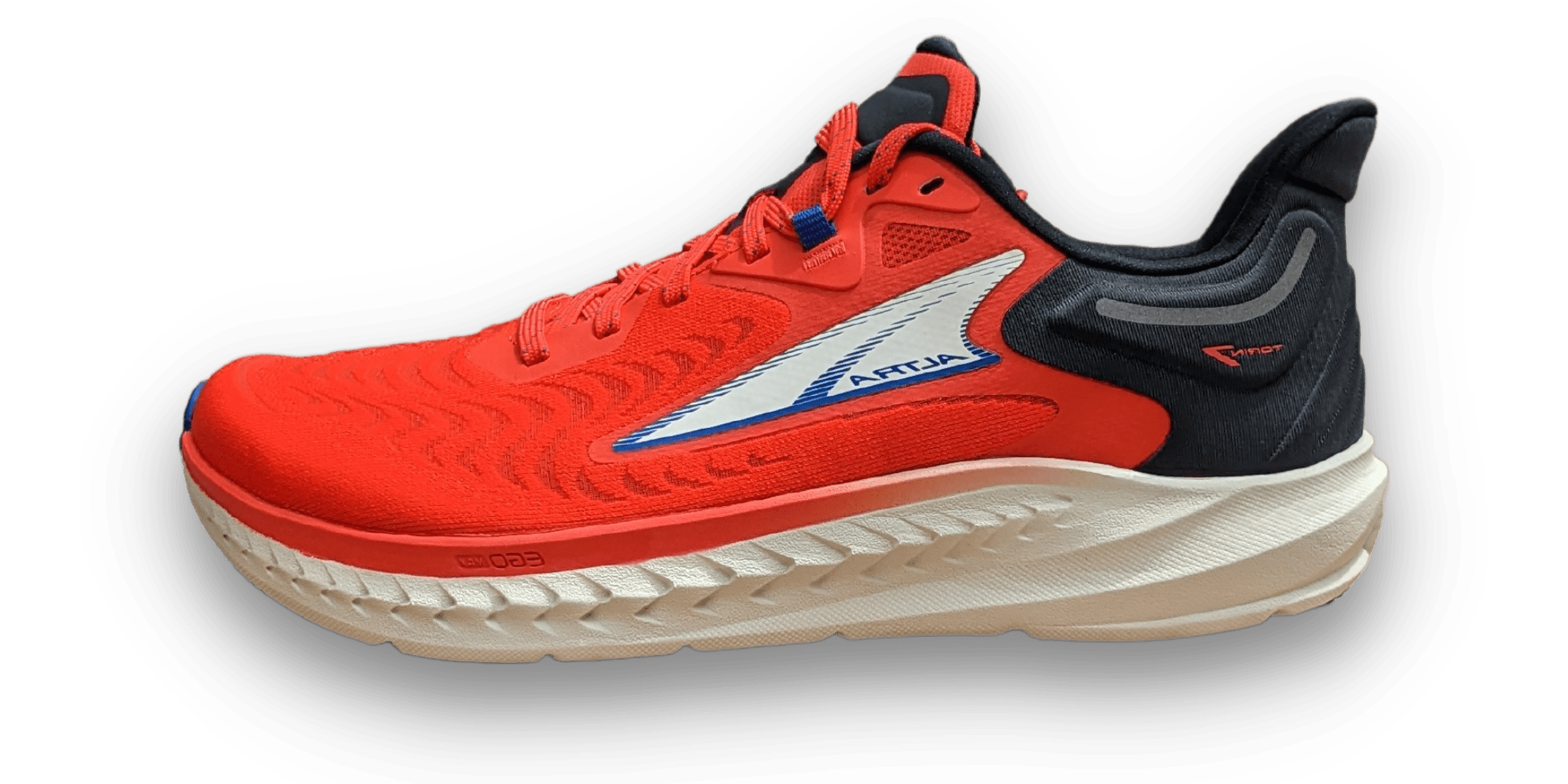



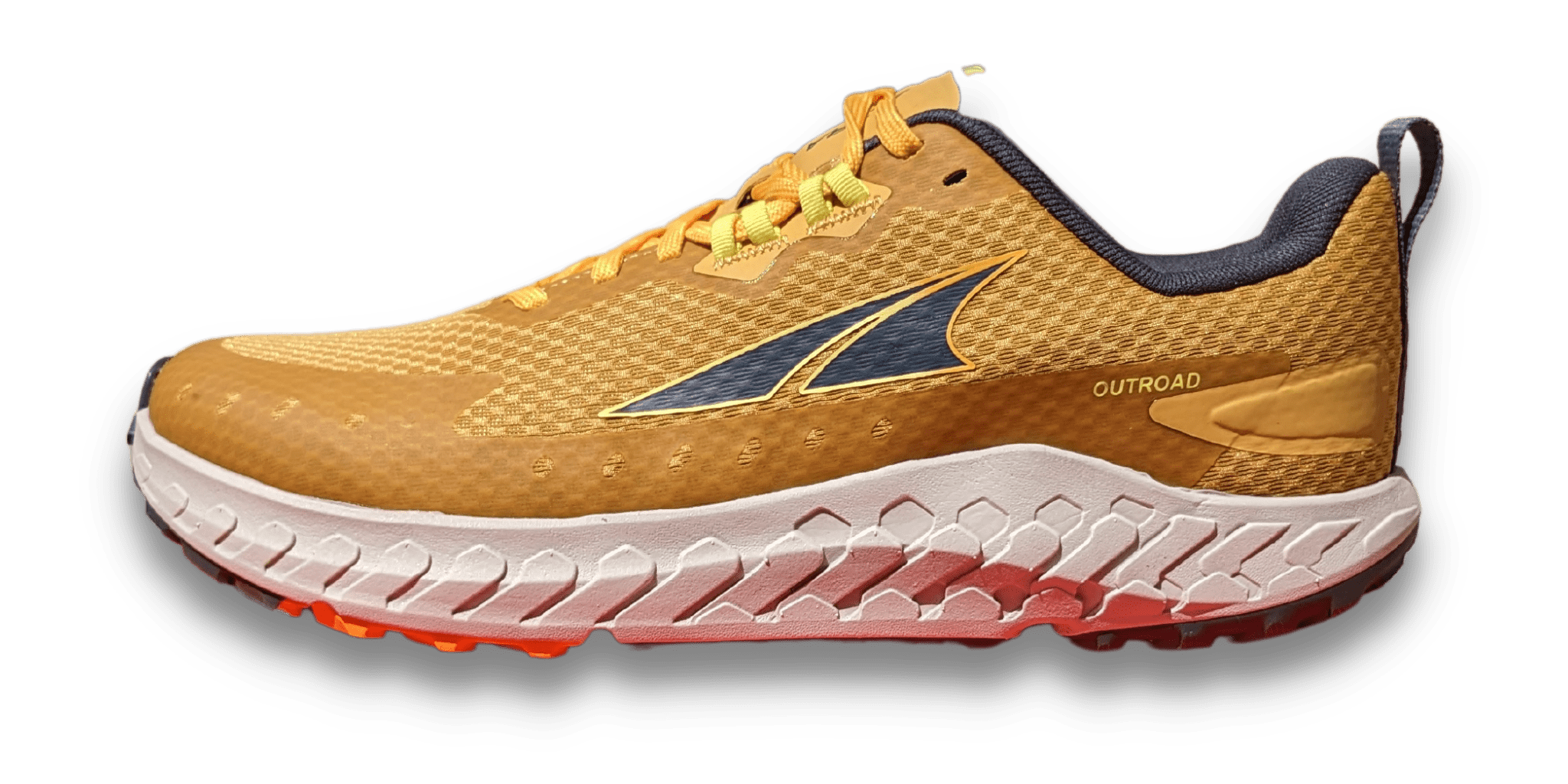

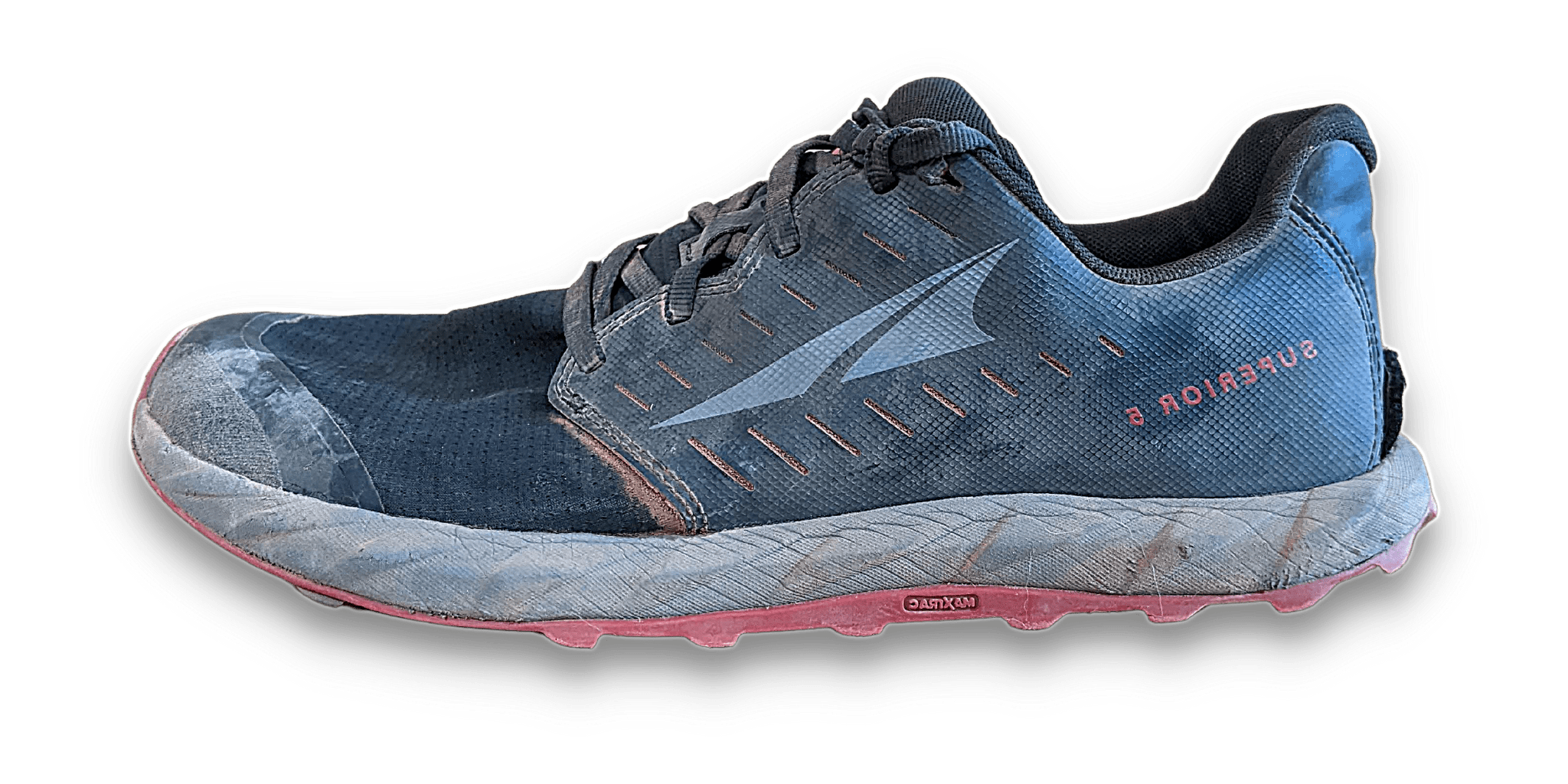
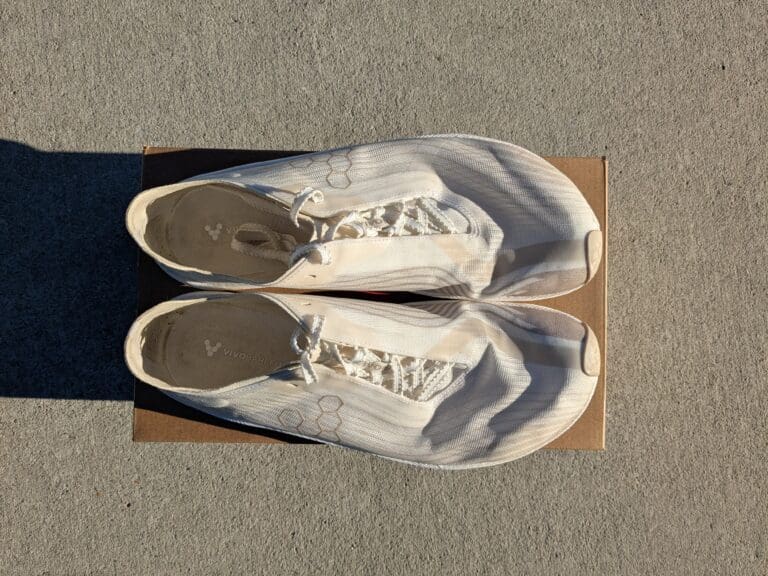
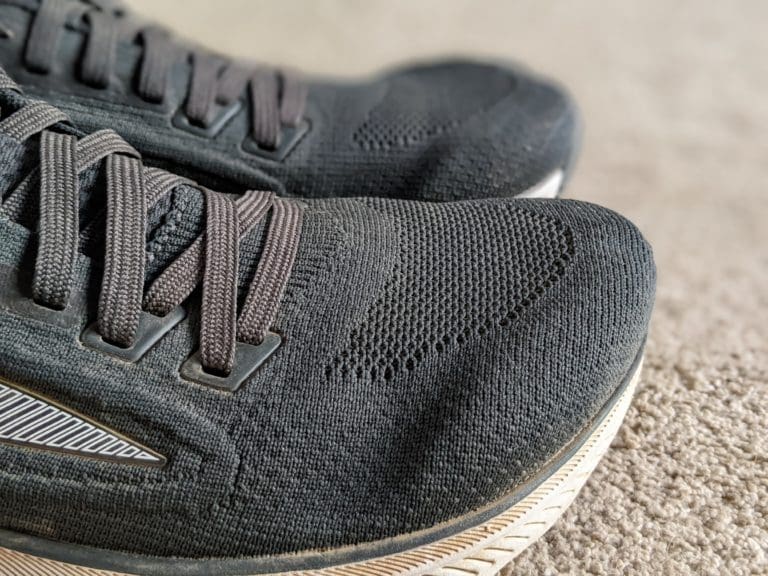
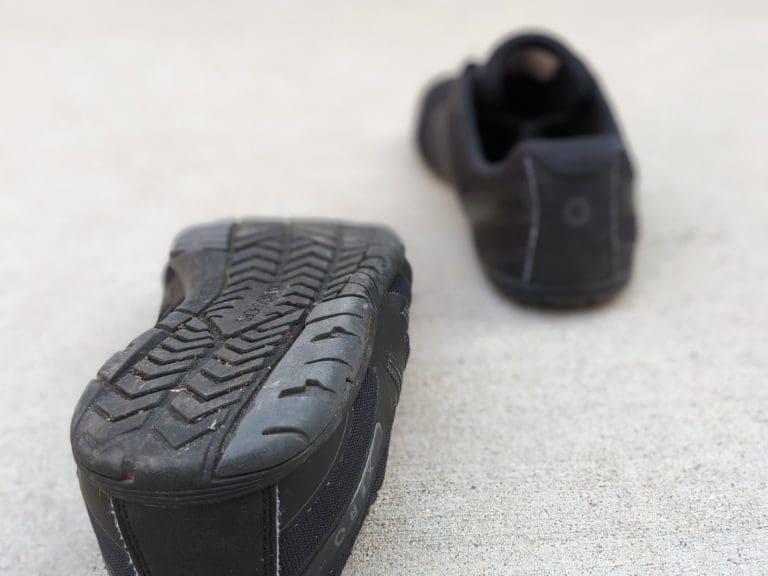
I’ve put several thousand miles on numerous Altra pairs and close to 1,000 total on 3 Topo shoes. The two most important reasons I’m leaning towards Topo’s: no more bunion pain – one problem I just couldn’t escape on any of the Altra’s, & too many Altra’s broke down before I hit 200 miles. 400 miles on both pairs… Fly-Lite and Magnifly and no signs of breakdown yet.
Interesting feedback, thank you! Have you tried any Altra models recently when it comes to durability? I’ve found they’ve improved over the years.
I use these shoes for hiking as I like the wide toe boxes. My feet never really liked the Altras, the Topos make them feel better. I am hiking in the Mtn Racer 3 with good success.
I do feel in general it is personal preference.
I hiked in Altra Olympus 5s this year and durability on both pairs was terrible. The sides ripped after 300km.
That’s sad to hear! Did you find them a little tight around the midfoot prior to the ripping?
For me the Altra Lonepeak 6;7;8 wide versions only fits perfectly since I have a extra wide tie area and painful when squeezed even a little bit. Would love to try Topo Athletic but need advice on which model will be in par with Lone peak wide?
I’ve tested Terraventure 4’s and I’ve tried MTN Racer 3’s for size, and they’re both nice and roomy in the toe box, especially on the big toe side. So you’d do well in those models. That said, if you also need width in the midfoot, you may find the model constricting, and the arch support uncomfortable (like I did). They’re also less flexible the Lone Peak, but on the other hand, more durable.
So there’s trade offs on all sides.
For me, the supportive nature of Topo’s have pushed me away from reviewing more of their shoes, but if you’ll rotating a Topo model with other foot health promoting shoes, I don’t see any issue using them.
Let me know if that helps!
Thanks
As always… good review Nick.
I prefer Topos for grip (although still on Lonepeak 5/6) and Altra for flexibility.
Lonepeak 4.5 (1550mls) uppers patched… alot of holes after 200mls
Lonepeak 5 (1000mls so far.. small toe hole….I expect many more mls
Topo mt2 (1100mls) holes after 400mls. Soles still good but uppers came away. I feel a Longevity survey coming!
Im keeping the soles poss diy sandal & sand the arch off.
Zero Aqua… narrow but comfy larger holes after 400mls…you we right about durability.
I have started to mod some shoes with a dremel. Have a lumpy right foot metatarsal and noticed some minimal barefoot shoes extend the sole around the mid rear foot for locking the heel. The most comfortable shoes, in my opinion, are very soft material with little to no structure and mold my feet better…just like roomy socks.
After 40 years running…. I am still learning…. who would’ve thought….thank you Nick.
I love how you push the shoe as far as possible! Similar with Xero Shoes Mesa Trail II’s. Holes everywhere, but I love the feel. 🙂
I also completely agree with the software, non-structure approach to uppers, especially around the heel. Again, another reason why I love some Xero Shoes models. But there’s drawbacks too. It’s all a balance though!
> Im keeping the soles poss diy sandal & sand the arch off.
I would love to see this! 🙂